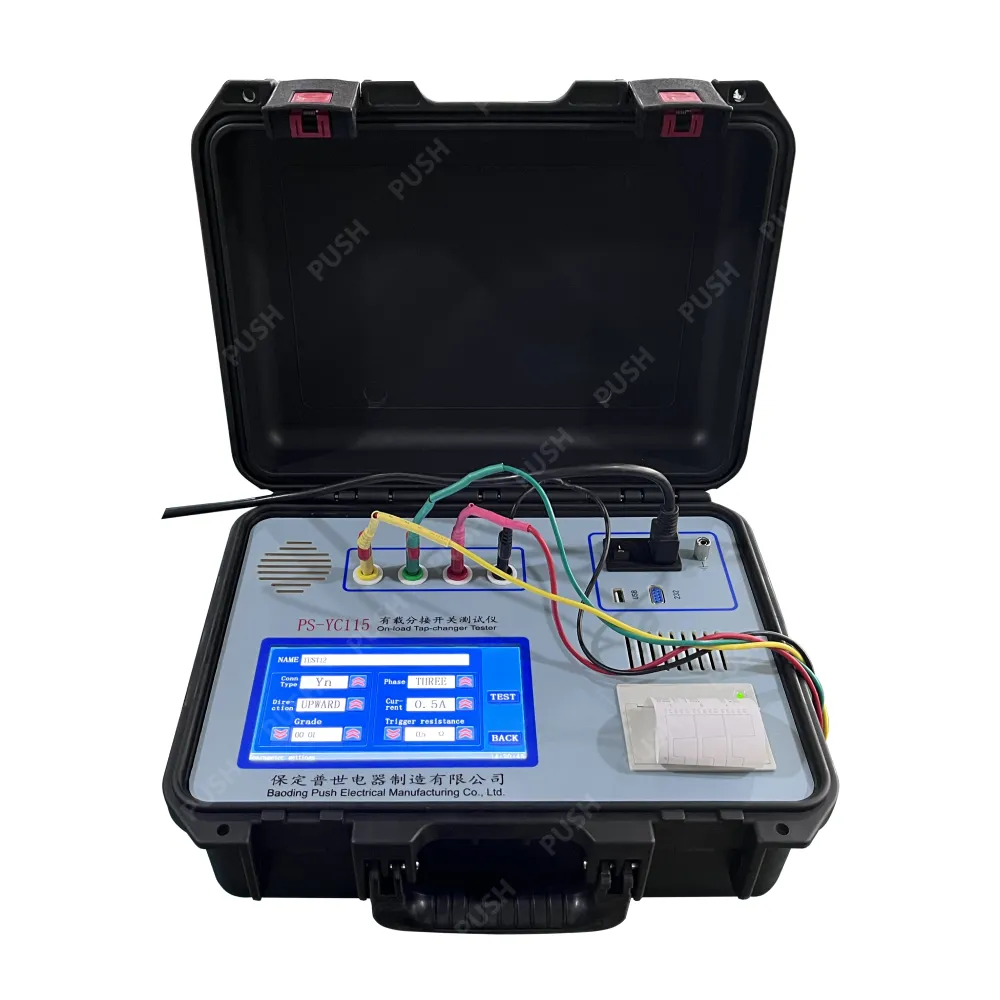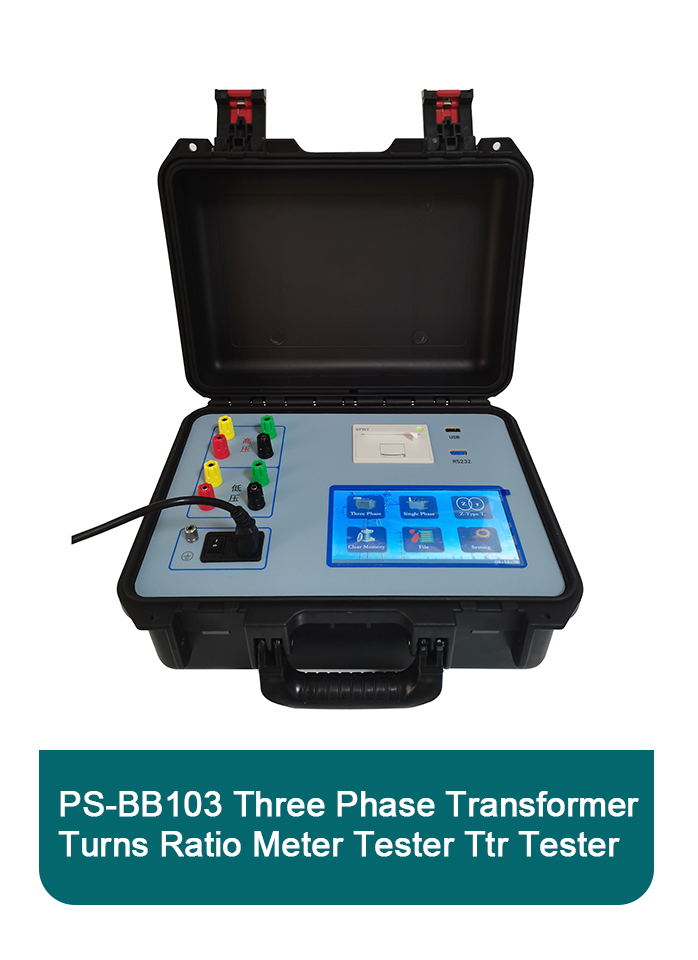TEL:
+86-0312-3189593
 English
English

Telephone:0312-3189593

Email:sales@oil-tester.com

-
 Afrikaans
Afrikaans -
 Albanian
Albanian -
 Amharic
Amharic -
 Arabic
Arabic -
 Armenian
Armenian -
 Azerbaijani
Azerbaijani -
 Basque
Basque -
 Belarusian
Belarusian -
 Bengali
Bengali -
 Bosnian
Bosnian -
 Bulgarian
Bulgarian -
 Catalan
Catalan -
 Cebuano
Cebuano -
 China
China -
 China (Taiwan)
China (Taiwan) -
 Corsican
Corsican -
 Croatian
Croatian -
 Czech
Czech -
 Danish
Danish -
 Dutch
Dutch -
 English
English -
 Esperanto
Esperanto -
 Estonian
Estonian -
 Finnish
Finnish -
 French
French -
 Frisian
Frisian -
 Galician
Galician -
 Georgian
Georgian -
 German
German -
 Greek
Greek -
 Gujarati
Gujarati -
 Haitian Creole
Haitian Creole -
 hausa
hausa -
 hawaiian
hawaiian -
 Hebrew
Hebrew -
 Hindi
Hindi -
 Miao
Miao -
 Hungarian
Hungarian -
 Icelandic
Icelandic -
 igbo
igbo -
 Indonesian
Indonesian -
 irish
irish -
 Italian
Italian -
 Japanese
Japanese -
 Javanese
Javanese -
 Kannada
Kannada -
 kazakh
kazakh -
 Khmer
Khmer -
 Rwandese
Rwandese -
 Korean
Korean -
 Kurdish
Kurdish -
 Kyrgyz
Kyrgyz -
 Lao
Lao -
 Latin
Latin -
 Latvian
Latvian -
 Lithuanian
Lithuanian -
 Luxembourgish
Luxembourgish -
 Macedonian
Macedonian -
 Malgashi
Malgashi -
 Malay
Malay -
 Malayalam
Malayalam -
 Maltese
Maltese -
 Maori
Maori -
 Marathi
Marathi -
 Mongolian
Mongolian -
 Myanmar
Myanmar -
 Nepali
Nepali -
 Norwegian
Norwegian -
 Norwegian
Norwegian -
 Occitan
Occitan -
 Pashto
Pashto -
 Persian
Persian -
 Polish
Polish -
 Portuguese
Portuguese -
 Punjabi
Punjabi -
 Romanian
Romanian -
 Russian
Russian -
 Samoan
Samoan -
 Scottish Gaelic
Scottish Gaelic -
 Serbian
Serbian -
 Sesotho
Sesotho -
 Shona
Shona -
 Sindhi
Sindhi -
 Sinhala
Sinhala -
 Slovak
Slovak -
 Slovenian
Slovenian -
 Somali
Somali -
 Spanish
Spanish -
 Sundanese
Sundanese -
 Swahili
Swahili -
 Swedish
Swedish -
 Tagalog
Tagalog -
 Tajik
Tajik -
 Tamil
Tamil -
 Tatar
Tatar -
 Telugu
Telugu -
 Thai
Thai -
 Turkish
Turkish -
 Turkmen
Turkmen -
 Ukrainian
Ukrainian -
 Urdu
Urdu -
 Uighur
Uighur -
 Uzbek
Uzbek -
 Vietnamese
Vietnamese -
 Welsh
Welsh -
 Bantu
Bantu -
 Yiddish
Yiddish -
 Yoruba
Yoruba -
 Zulu
Zulu
Úno . 15, 2025 13:31
Back to list
tan delta test of transformer winding
The transformer winding polarity, a technical aspect often overlooked, holds significant importance when designing or troubleshooting electrical systems. The polarity affects the overall performance and safety of a transformer, guiding how voltage sources and other transformers are connected within an electrical network. To ensure seamless integration and efficient operation, understanding transformer winding polarity is essential.
Trust in equipment relies extensively on manufacturers’ commitment to quality control and rigorous testing phases. Esteemed producers often subject transformers to exhaustive pre-delivery checks ensuring that every unit meets expected polarity standards precisely. Customers are encouraged to seek suppliers with transparent testing processes and clear documentation. Furthermore, polarity concerns extend beyond initial setup. Routine maintenance of transformers, especially in high-demand settings, includes periodic review of polarity to counteract any shifts due to degrading insulation or mechanical wear over time. Service records support this process, ideally backed by software solutions that track performance metrics and flag irregularities indicative of polarity issues. This layered understanding of transformer winding polarity underlines its value. Recognizing the implications of transformer polarity on energy flow and network stability not only leverages technical knowledge but also optimizes financial investment in infrastructure. Trust is fortified when systems run as intended, bolstered by the expertise of well-informed technicians and robust, quality-assured equipment. To sum up, mastering transformer winding polarity is not merely academic but a cornerstone of efficient and secure electrical infrastructure. It requires a union of detailed technical insight, strong product standards, and consistent maintenance practices—all contributing towards an authoritative, trustworthy energy network that sustains both current needs and future advancements.


Trust in equipment relies extensively on manufacturers’ commitment to quality control and rigorous testing phases. Esteemed producers often subject transformers to exhaustive pre-delivery checks ensuring that every unit meets expected polarity standards precisely. Customers are encouraged to seek suppliers with transparent testing processes and clear documentation. Furthermore, polarity concerns extend beyond initial setup. Routine maintenance of transformers, especially in high-demand settings, includes periodic review of polarity to counteract any shifts due to degrading insulation or mechanical wear over time. Service records support this process, ideally backed by software solutions that track performance metrics and flag irregularities indicative of polarity issues. This layered understanding of transformer winding polarity underlines its value. Recognizing the implications of transformer polarity on energy flow and network stability not only leverages technical knowledge but also optimizes financial investment in infrastructure. Trust is fortified when systems run as intended, bolstered by the expertise of well-informed technicians and robust, quality-assured equipment. To sum up, mastering transformer winding polarity is not merely academic but a cornerstone of efficient and secure electrical infrastructure. It requires a union of detailed technical insight, strong product standards, and consistent maintenance practices—all contributing towards an authoritative, trustworthy energy network that sustains both current needs and future advancements.
Previous:
Latest news
-
Testing Equipment Industry Sees Major Advancements in 2025: Smart & Precision Technologies Lead the WayNewsJun.06,2025
-
Applications of Direct Current Generators in Renewable Energy SystemsNewsJun.05,2025
-
Hipot Tester Calibration and Accuracy GuidelinesNewsJun.05,2025
-
Digital Circuit Breaker Analyzer Features and BenefitsNewsJun.05,2025
-
Benefits of Real-Time Power Quality Monitoring Devices for Industrial EfficiencyNewsJun.05,2025
-
Earth Fault Loop Testing in High-Rise Building Electrical SystemsNewsJun.05,2025



